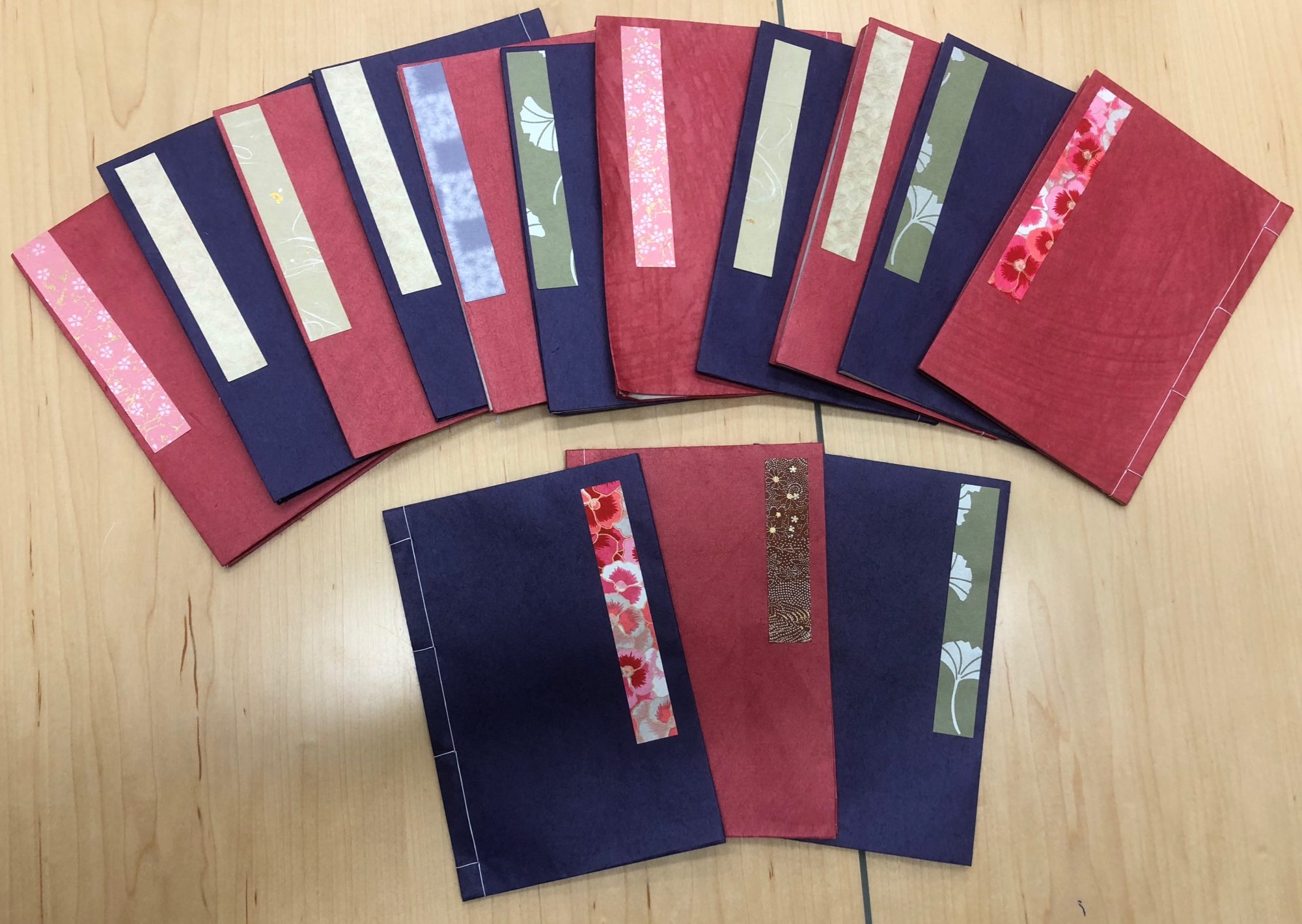Tezuka Osamu, Tezuka Osamu: Sōsaku nōto to shoki sakuhinshū (手塚治虫創作ノートと初期作品集)
Anthology of reproduced notebooks and sketchbooks of Tezuka Osamu
Illustrations and sketches by Tezuka Osamu
Author: Tezuka Osamu (1928-1989)
Published: December 24, 2010
Medium: Anthology of “western-style” notebooks, 27 x 19.2 x 9.2 cm
Publisher: Shogakkan Creative
ISBN: 4778031571
LC call number: PN6790 .J33 T497 2010
The Tezuka Osamu: Sōsaku nōto to shoki sakuhinshū (手塚治虫創作ノートと初期作品集 ) is an anthology of unpublished sketches and ideation notes from the famed Japanese manga artist, cartoonist and animator Tezuka Osamu. The anthology is comprised of two box sets, each containing eighteen and twelve of Tezuka’s notebooks, respectively. The notebooks contains plotline brainstorms, original sketches of cultural icons such as Atom Boy (鉄腕アトム) and Black Jack (ブラック・ジャック) as well as characters that never made it into Tezuka’s final drafts. Each box set contains a commentary by Mori Haruji (森晴路), one of Tezuka’s assistants, outlining Tezuka’s thought process and the socio-cultural context of that period that shaped his world view.
The Western-style bound notebooks reproduced in this anthology were found in Tezuka’s apartment shortly after he passed away in February 1989. It is worth noting that the notebooks in the anthology are not original, but are rather end-to-end reproductions. The reproductions, however, are immaculate; every smear, piece of dirt and scribble – some not even legible – from the notebooks is replicated in detail. One notebook still contains a faded price tag from when Tezuka purchased it in a Hankyu Department Store sometime in the 1960s.
The anthology of notebooks highlights the intense work ethic of Tezuka Osamu. Traditionally, manga artists in Japan publish their episodes in weekly manga magazines. This meant that, if one were to include the printing and distribution time, artists effectively had at most 4 days to storyboard, draft and finalize the episode before it was published. Tezuka, at the height of this fame in the 1970s and 80s, had multiple manga serialized at the same time. He also insisted on having complete artistic control over all the content. These notebooks, dense with sketches and plotlines, sheds light onto the mind of Japan’s most legendary creators.
Selected Readings:
- Kinko Ito. “Osamu Tezuka: His Life, Works, and Contributions to the History of Modern Japanese Comics.” International Journal of Comic Art (13), 679–699.
Posted by Richard Koo
April 8, 2018


